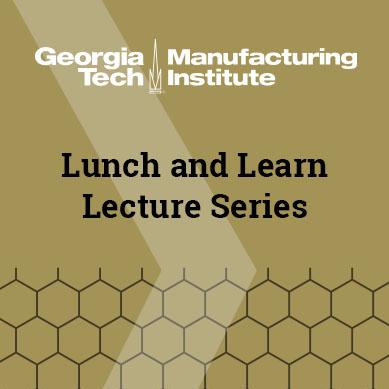event
Advanced Tissue Biomanufacturing for In Vitro Disease Modeling and In Vivo Regenerative Therapies
Primary tabs
Abstract: Research in Serpooshan Lab is focused on the design and development of a variety of bioengineered tissue constructs for in vitro disease modeling and drug screening or use as tissue implants for in vivo regenerative therapies. We incorporate a number of state-of-the-art engineering, biological, and clinical tools to develop these bioartificial tissue mimics. Specifically, we utilize various additive biomanufacturing techniques, such as 3D bioprinting, to manufacture the tissue scaffolds at clinically relevant scales. 3D bioprinting, together with perfusion bioreactor technologies, provide an unprecedented spatiotemporal control on the tissue microenvironment, hence, enabling our group to simulate complex physiological and pathophysiological processes in the in vitro settings. Further, we utilize induced pluripotent stem cell (iPSC) technologies, in combination with advanced gene editing tools, to generate patient and tissue-specific cellular structures within the engineered scaffolds. These human iPSC-derived, bioprinted tissue models serve as a robust research enabling platform in our lab to model a variety of developmental processes (e.g., human heart and brain development), as well as anomalies such as cardiovascular and congenital heart disease.
Bio: Vahid Serpooshan did his BSc and MSc in Materials Science and Engineering at Sharif University (Tehran, Iran, 1998-2003) and his PhD in biomaterials and tissue engineering at McGill University (Montreal, Canada, 2007-2011). His PhD thesis research focused on the design and optimization of scaffolding biomaterials for bone tissue engineering applications. Following his PhD, Dr. Serpooshan worked for 7 years at Stanford University School of Medicine as Postdoctoral Fellow (Pediatric Cardiology) and Instructor (Stanford Cardiovascular Institute). At Stanford, Dr. Serpooshan's training and research were mainly centered on developing a new generation of engineered cardiac patch device to repair damaged heart tissue following myocardial infarction (heart attack). The engineered patch was successfully tested in mouse and pig models and is now in preparation for clinical trials. He also worked on enabling technologies for human-machine hybrid cardiac tissue, using 3D bioprinting to assemble complex arrays of interfaces between synthetic and biological materials. In 2018, Dr. Vahid Serpooshan joined Emory University and Georgia Institute of Tech as Assistant Professor of Biomedical Engineering and Pediatrics, where his multidisciplinary team is now working on a variety of 3D bioprinting-based tissue engineering and disease modeling projects.
Status
- Workflow Status:Published
- Created By:Walter Rich
- Created:08/20/2021
- Modified By:Walter Rich
- Modified:09/08/2021
Categories
Target Audience

